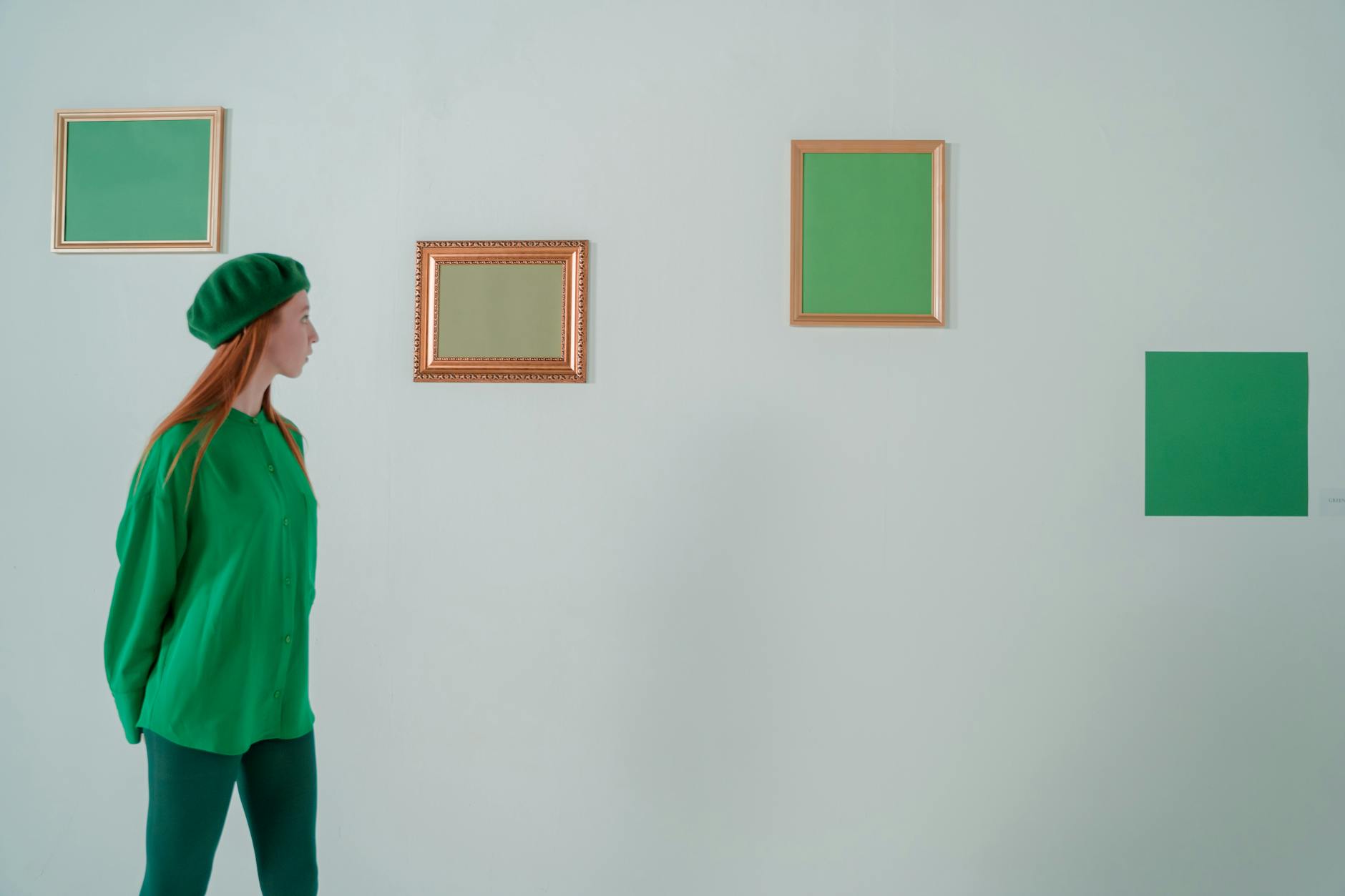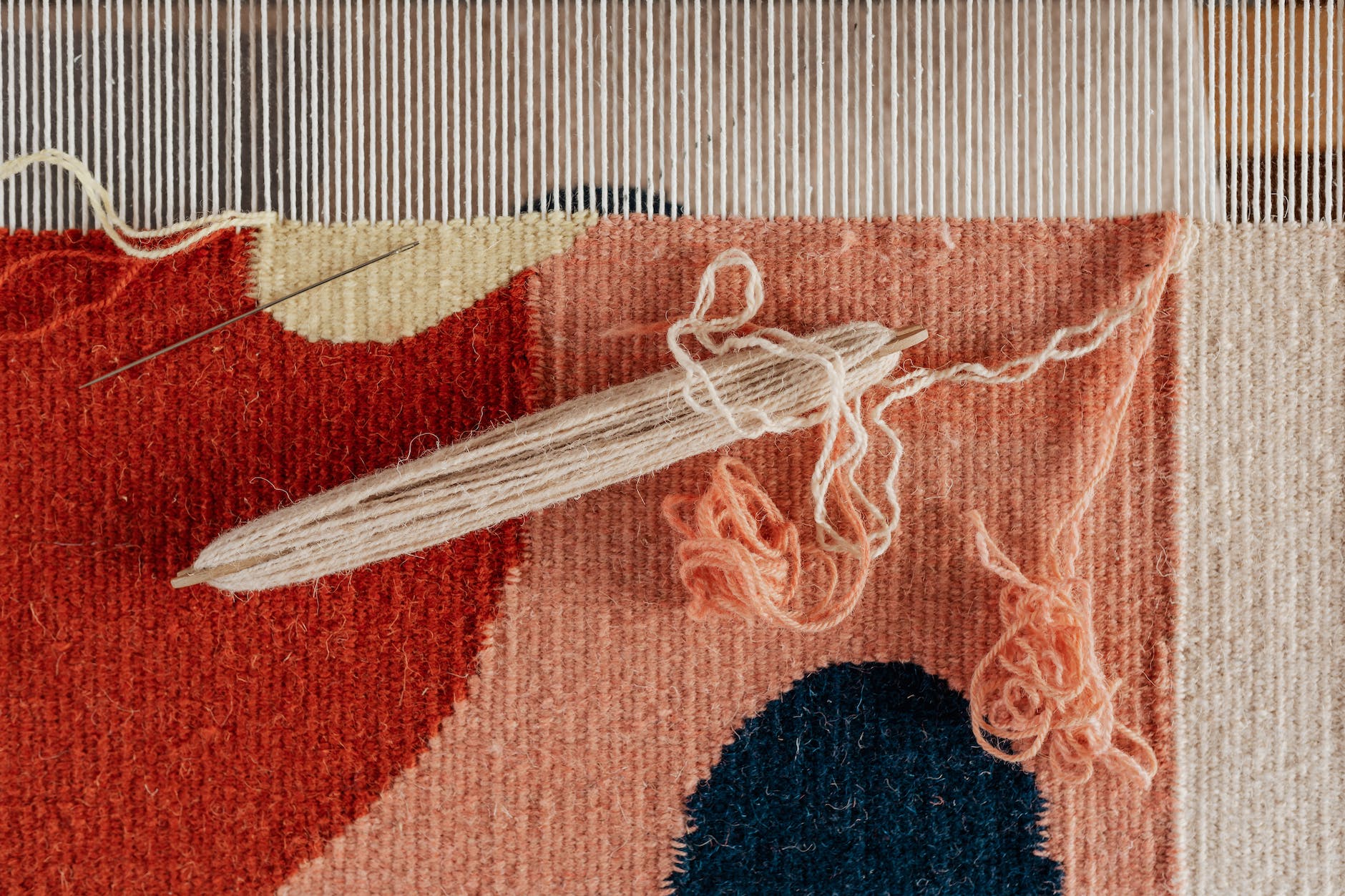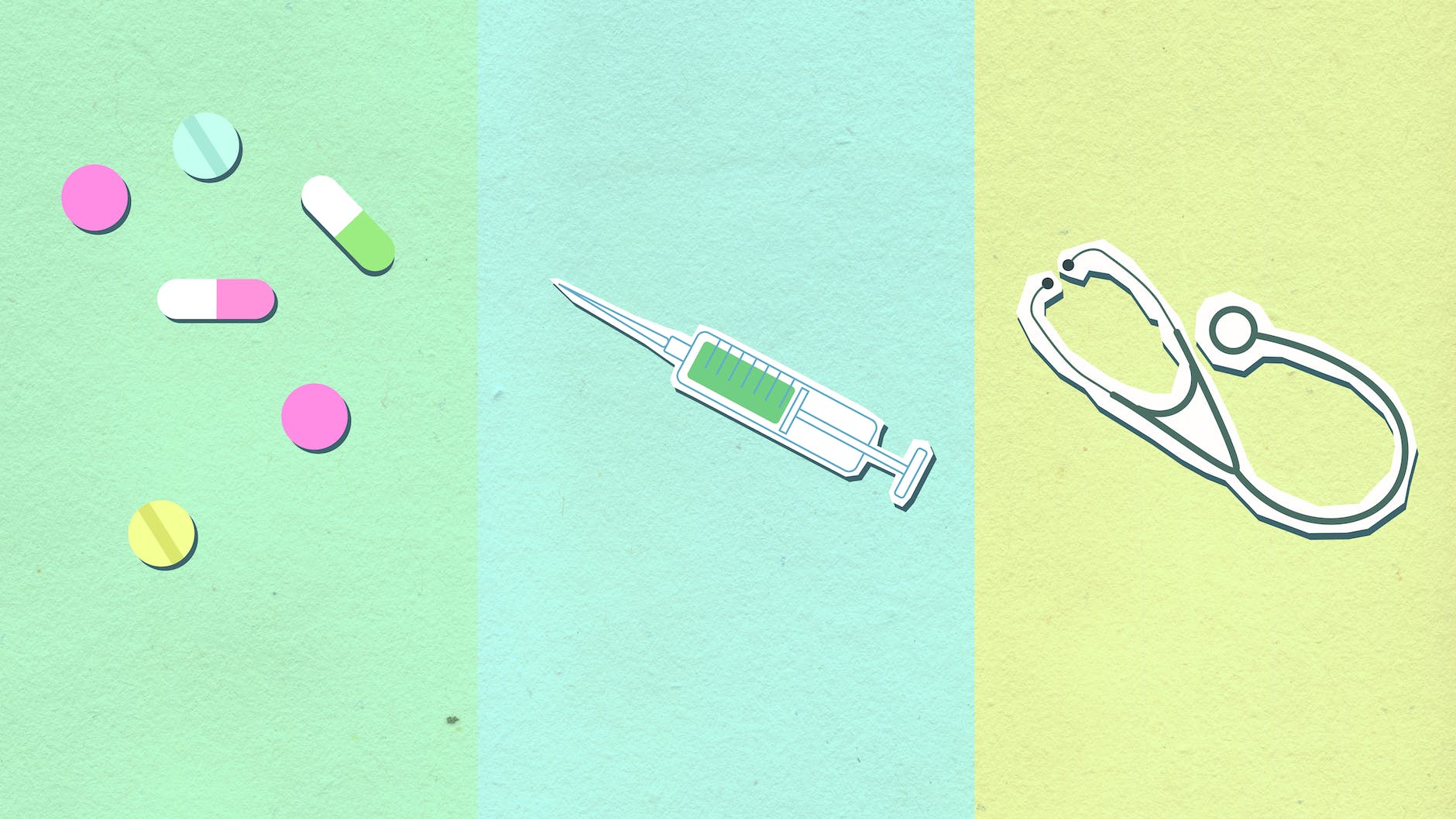Psychedelic art has been an influential medium of self-expression and transcendent communication since the 1960s counter-culture movement, capturing the essence of altered states of consciousness and the exploration of inner realms. Today, the genre of art is increasing in societal relevance as a powerful tool used in mental health therapy, trauma healing, and personal transformation.
Psychedelic art, characterized by vibrant colors, fantastical imagery, and intricate patterns, can imbue viewers and creators with deep emotional, psychological, and even spiritual experiences. Enhanced empathy, feelings of unity, moments of catharsis and profound insights – facets inherent to the psychedelic experience – often find tangible expressions in these artworks.
Fusing creativity with the therapeutic potential of psychedelia, psychedelic art therapy has begun to gain recognition as an innovative method for mental health treatment. By engaging participants in an affirmative and constructive process of forming symbolic images, it aids in expressing latent emotions, examining personal challenges, and confronting traumatic experiences in an environment of safety and acceptance.
This unique form of therapy creates a space for individuals to externalize their internal conflicts and release emotional tensions. It’s a process referred to as catharsis. Enabling cathartic release through self-expression, it offers a platform for persons with trauma or mental health issues to illustrate their pain and fears in a therapeutic context. Studies have shown this method can significantly improve emotional regulation and reduce symptoms of psychological distress.
Furthermore, the visually immersive nature of psychedelic art can facilitate introspection and elicit insightful personal revelations. The mind-expanding qualities of psychedelic experiences brought to life in art can also prompt individuals to revisit and reconstruct their perspective on past trauma, thereby fostering mental resilience and healing.
Through this artistic outlet, people gain a greater understanding and acceptance of their mental states, which engenders transformation. The resultant artworks can serve as symbolic representations of personal breakthroughs and achievements, offering empowerment and maintaining motivation for ongoing healing and personal growth. Evidence suggests that such transformational experiences have lasting positive effects on wellbeing and life satisfaction.
The booming interest in the use of psychedelics for mental health treatment in recent years extends to the therapeutic potential of psychedelic art. With the controlled and careful application, it can supplement traditional forms of therapy, offering a viable alternative for those individuals that might find verbal communication of their experiences too challenging.
A significant aspect of this therapeutic application entails the level of safety and control the participants have in the process. The art created becomes the ‘safe space’ for the expression of emotions, experiences, and personal narratives, reducing their internalization and consequently alleviating mental discomfort.
In conclusion, psychedelic art serves as more than just a riot of colors and convoluted patterns. It stands as a potent healing tool, a bridge facilitating the essential journey of inner exploration and self-expression, leading ultimately to catharsis and transformation. Meanwhile, as we continue to navigate the complex terrain of mental health, the role of psychedelic art in this sphere will undoubtedly solidify, offering a tangible, empathetic touch to the intangible edges of our psyche.
As innovative methods for mental health treatment continue to diversify, it is evident that the intersection of psychiatry and art, as seen in psychedelic art therapy, has only begun to scratch the surface of its potential. The amalgamation of visual dynamism and emotional healing enclosed in this art form truly embodies the adage that a picture can speak a thousand words – and heal a thousand wounds.








